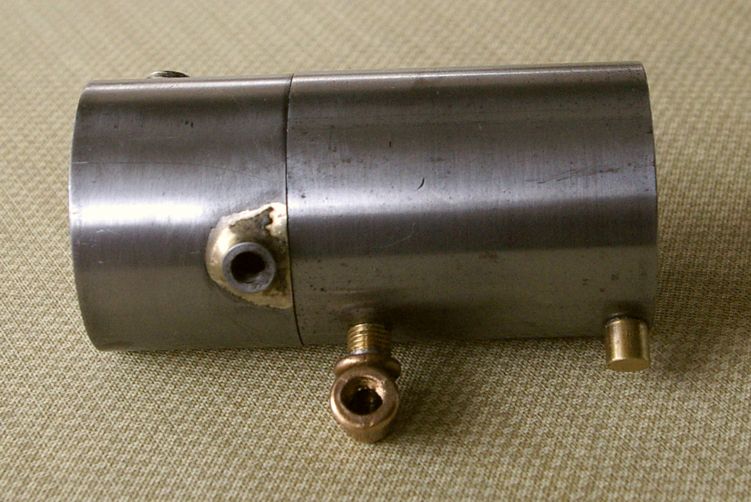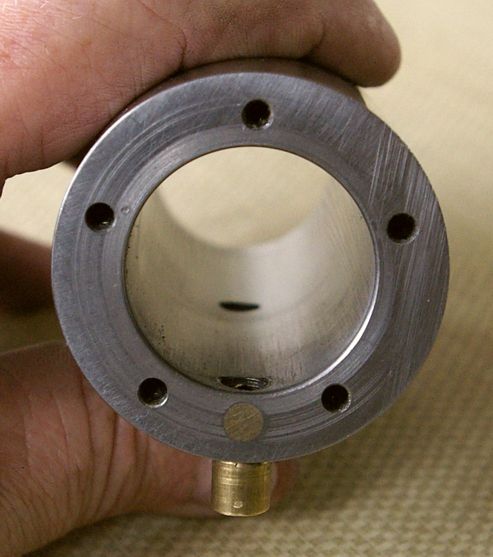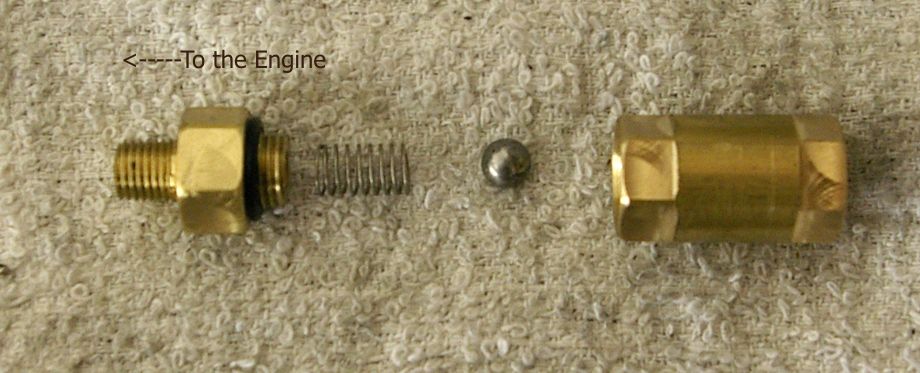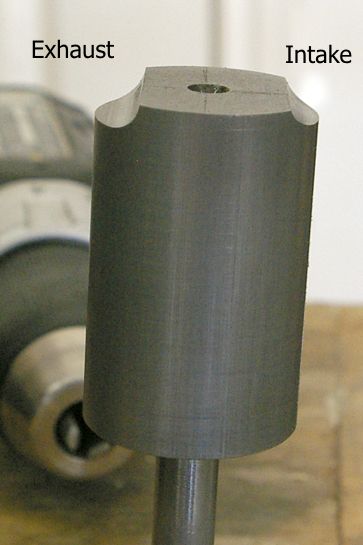- Joined
- Aug 25, 2007
- Messages
- 3,890
- Reaction score
- 715
Here's a video of me trying to start the Bessemer today. I finished the Hall Sensor installation and have a good spark. I also switched over to the carburetor I used on my vertical single.
https://www.youtube.com/watch?v=XRPpR8kyWr0
As you can see, it still won't run. I think either my fuel intake / transfer plumbing is too small or I have too much compression leakage, although I don't think it's the latter. So, I'm going to remake the plumbing increasing the size from 1/4" to 5/16". The ID will go from 5/32" to 7/32" which will almost double the cross section of the pipe ID. I also will make a new, larger carburetor for it.
Chuck
https://www.youtube.com/watch?v=XRPpR8kyWr0
As you can see, it still won't run. I think either my fuel intake / transfer plumbing is too small or I have too much compression leakage, although I don't think it's the latter. So, I'm going to remake the plumbing increasing the size from 1/4" to 5/16". The ID will go from 5/32" to 7/32" which will almost double the cross section of the pipe ID. I also will make a new, larger carburetor for it.
Chuck


































![DreamPlan Home Design and Landscaping Software Free for Windows [PC Download]](https://m.media-amazon.com/images/I/51kvZH2dVLL._SL500_.jpg)




























